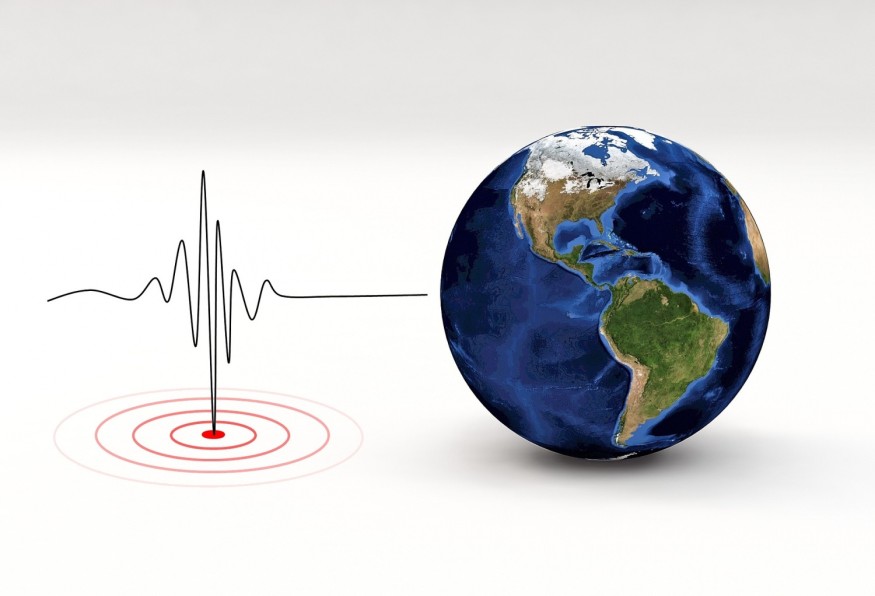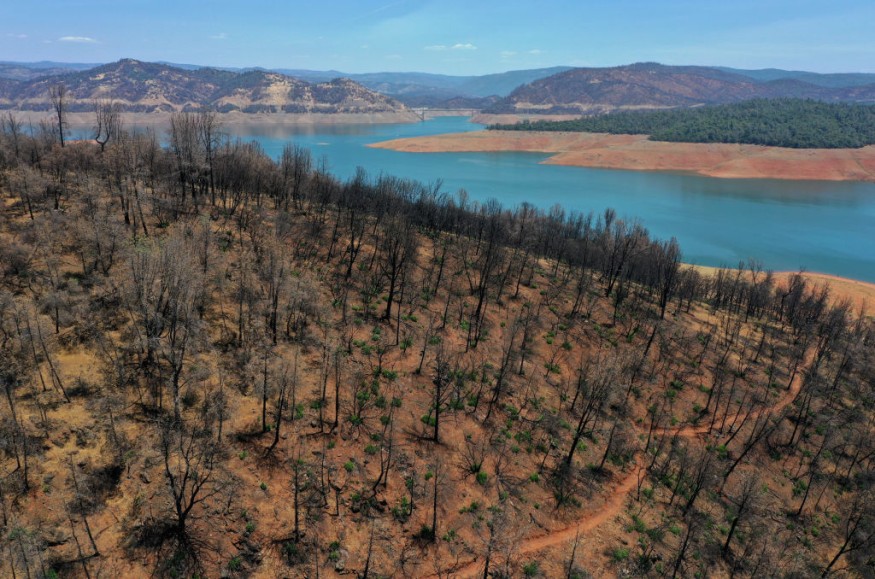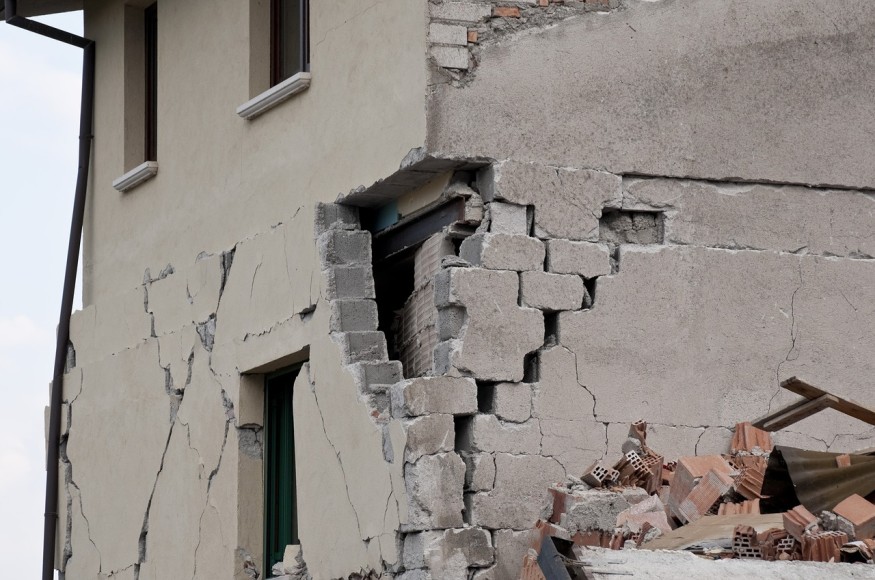A US Geological Survey geophysicist told CNN that over 600 minor earthquakes were reported this weekend in a rural area near the Salton Sea in Southern California. The highest has a magnitude of 5.3.

From Saturday through shortly before daybreak Sunday, there were 603 temblors of a magnitude of at least one, according to geophysicist Randy Baldwin.
According to the USGS map, the quakes were centered at Calipatria, along the San Andreas Fault and about 30 miles north of the Mexican border.
Earthquakes in California

The area is sparsely inhabited, and "swarms have been known to occur in the past," according to USGS seismologist Paul Caruso, who spoke to CNN on Saturday.
A CNN crew in Orange County said they did not feel any of the quakes Saturday. However, Baldwin said four earthquakes measured greater than magnitude 4, and 29 were greater than magnitude 3.
Elsewhere, two 5.9 magnitude earthquakes struck in the Pacific Ocean around 89 and 98 miles west of the coastal town of Gold Beach, Oregon, after 1 a.m. PT Friday, the USGS reported.
According to the USGS, at least four earthquakes with magnitudes ranging from 3.9 to 5.9 occurred in that area in the last few hours.
An earthquake is a sudden, violent shaking of the ground produced by the movement of rocks deep under the earth's surface. Fires, tsunamis, landslides, and avalanches can all result from earthquakes. While earthquakes can strike without warning everywhere, Alaska, California, Hawaii, Oregon, Puerto Rico, Washington, and the whole Mississippi River Valley are in increased danger.
Earthquakes

When two slabs of the ground abruptly move past one another, an earthquake occurs. The fault or fault plane is the surface where they slide. The hypocenter is the point underneath the earth's surface where the earthquake begins, while the epicenter is the position directly above it on the earth's surface.
The energy that would ordinarily force the blocks to move past one another is being stored while the edges of faults are glued together, and the remainder of the block is moving. All of the stored energy is released when the force of the sliding blocks eventually overcomes the friction of the fault's sharp edges and unsticks. Then, like ripples on a pond, energy spreads outward from the fault in all directions as seismic waves. Seismic waves shake the earth as they travel through it, and when they reach the surface, they shake the ground and everything on it, including our homes and ourselves!
What to do?

- Practice Drop, Cover, and Hold
- Create an out-of-state contact for your family's emergency communications plan. Make a plan for where you will meet if you become separated.
- Make a survival kit with enough food and drink to last several days, as well as a flashlight, a fire extinguisher, and a whistle.
- Protect your house by securing large things such as bookshelves, freezers, televisions, and wall-mounted things. Low shelves are ideal for storing heavy and breakable items. In addition, consider making structural changes to your building to address concerns that might cause it to collapse in the event of an earthquake. Finally, take out an earthquake insurance policy if you don't already have one. Earthquake damage is not covered by a normal homeowner's insurance policy.
For more news about natural calamities, don't forget to follow Nature World News!
© 2025 NatureWorldNews.com All rights reserved. Do not reproduce without permission.





